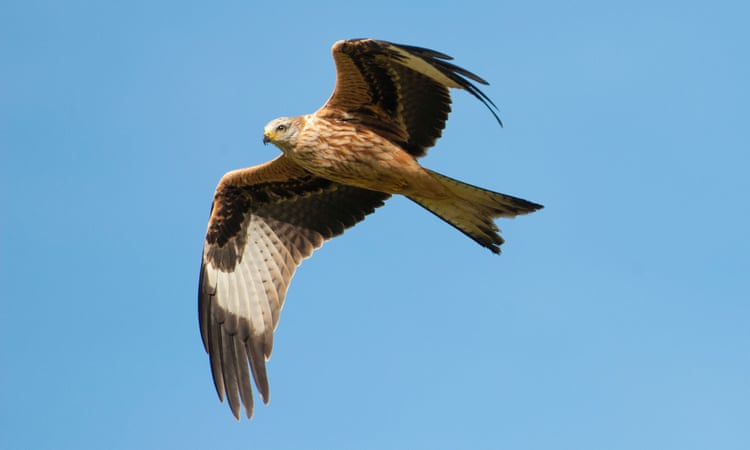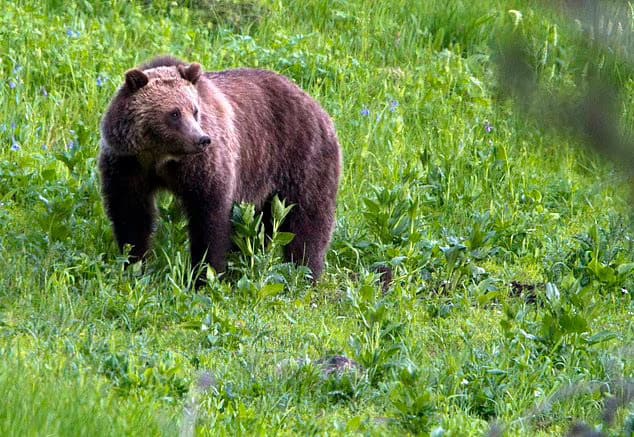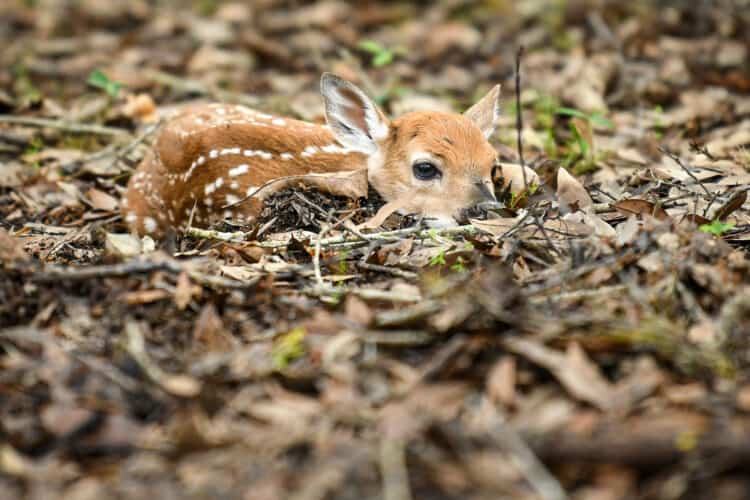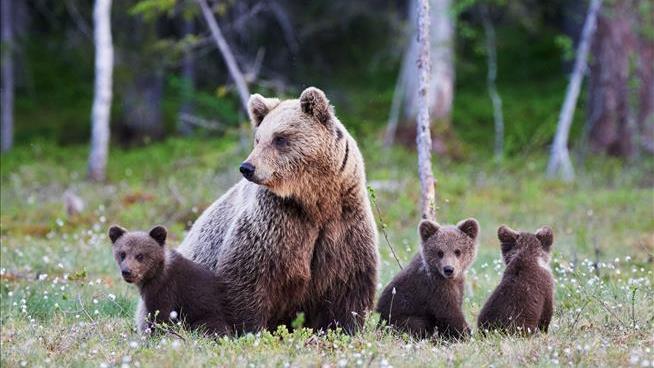I watch in awe as an osprey settles on a Scots pine and returns with a large fish for its hungry chicks. Moments later, I’m up close and personal with a red kite, its nest waving in the breeze. Finally, I see a baby peregrine falcon take its first flight – the world’s fastest living bird.
I don’t need to travel to see these incredible sights of Britain’s birds of prey; I’m viewing webcams from my house in Somerset. These livestreams – from Loch of the Lowes in Scotland, Sculthorpe in Norfolk, and just down the road in Taunton – give round-the-clock entertainment for its devoted viewers, who can track the nesting birds’ progress from the comfort of their own homes.
What began as a welcome substitute for witnessing birds in person during the spring 2020 closure has now grown into a national obsession, with around 30 live webcams on peregrine nests alone. “When the chicks are preparing to leave their nests – which is happening right now across the UK,” says Ed Drewitt, author of Urban Peregrines, “it may be particularly nailbiting if you’ve observed their every move since hatching.”
And what a fantastic moment to observe these raptors, because Britain’s birds of prey – many of which were once hunted to extinction – are having a golden summer this year. Last week, the first osprey baby to hatch on the south coast of England in over two centuries was discovered in Poole Harbour, Dorset. This is particularly remarkable given that this fish-eating hawk was formerly so rare that its nest in the RSPB’s Loch Garten reserve in Scotland was guarded 24 hours a day.
After an almost 40-year hiatus, ospreys began to breed again in the UK in the 1950s. There are approximately 250 breeding pairs in Wales and England, as well as their stronghold in Scotland.
Lead Image: A red kite photographed at a feeding station in Dumfries and Galloway, Scotland. Photograph: Kirk Norbury/Alamy.
What you can do
Support ‘Fighting for Wildlife’ by donating as little as $1 – It only takes a minute. Thank you.
Fighting for Wildlife supports approved wildlife conservation organizations, which spend at least 80 percent of the money they raise on actual fieldwork, rather than administration and fundraising. When making a donation you can designate for which type of initiative it should be used – wildlife, oceans, forests or climate.







Leave a Reply